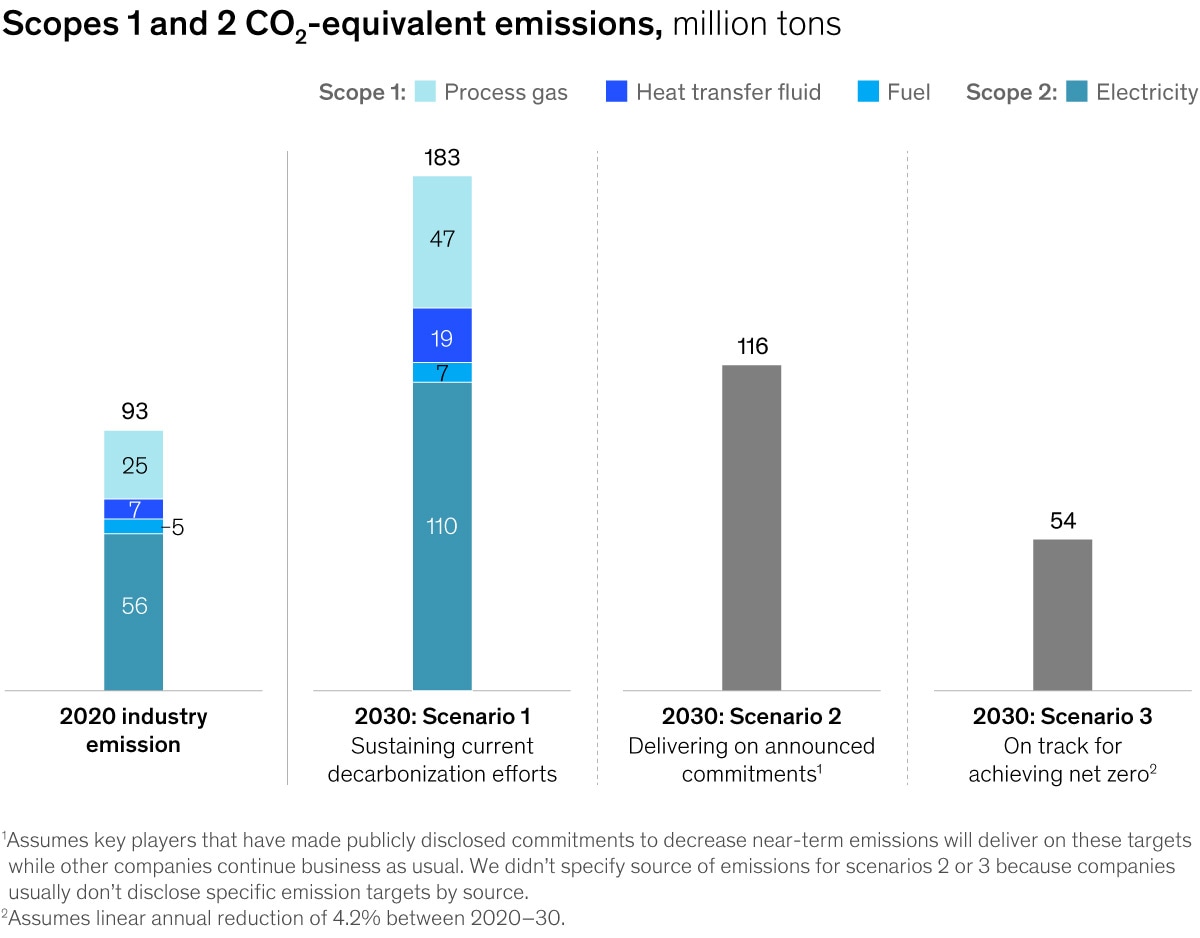 | |
 |
Edited by Barbara Tierney
Senior Editor, New York
|
|
|
|
|
|
|
This week, we look at some sobering trends facing women leaders in the workplace. Plus, an interview with the Spanish-born chef José Andrés on what working in emergencies has taught him, and a McKinsey technology expert on how business leaders can harness innovation.
|
|
|
| |
| |
| |
| |
|
Watching from the wings. Now, with women leaders leaving at the highest rates in years, companies have a new pipeline problem. As McKinsey senior partners Alexis Krivkovich and Lareina Yee and their colleagues note, if organizations don’t take action, they won’t lose just their women leaders—they risk losing the next generation of women too. Young women are even more ambitious, and they place a higher premium on working in an equitable, supportive, and inclusive workplace.
|
|
| |
| |
| |
| |
|
| |
| | |
| |
| | | |
| |
|
José Andrés, the Spanish-born chef whose company encompasses nearly 40 restaurants globally, offers unique expertise on how to deal with pressure. In 2010, he founded World Central Kitchen, a nonprofit whose mission is to deliver fresh meals to people in need during emergencies including tornados, hurricanes, pandemics, and wars. This year, the nonprofit estimates that it raised and spent $420 million, including on more than 170 million meals distributed to Ukrainians since the invasion of Ukraine. In a recent interview with McKinsey Quarterly, Andrés spoke about how responding to emergencies has helped him to prioritize action over meticulous planning, test short-term solutions, and apply emergency-level intensity to long-term challenges. |
|
|
| |
| |
| | | |
| |
| |
| |
|
In the next few years, new and expanded technologies will change the business landscape at unprecedented pace and scale. How can business leaders prepare to harness innovation? |
|
|
Companies need to look to the edge of the organization, where the business interfaces with its customers, suppliers, and other stakeholders and where small-scale innovations are happening. They should focus on empowering the hands-on experts—engineers, chemists, product developers, and scientists—who are working on the most complex problems for the business. |
|
| |
|
What are the common practices to this approach? |
|
|
To empower these edge workers, companies need to form a portfolio of small teams and give them the freedom to work independently along with clear goals and responsibilities. That means, for example, that if the business doesn’t have people with the skills they need, the team can go out and hire them directly. They can spend their allocated budget as they see fit, experiment and fail without penalty—within boundaries—and decide on technologies to meet their goals—within proscribed guidelines. |
|
| |
| |
|
At Google, for instance, product managers across the entire business had to report in every Friday on the percentage of user growth for their particular product. This made it easier to track progress. Initiatives that weren’t growing were quickly defunded. Those that did well attracted more resources. |
|
|
Google also developed a uniform build system—a set of tools and practices around CI/CD, or continuous integration and continuous delivery—that every product team can use, as well as shared and scalable infrastructure resources that support the common needs of products and businesses. This approach made authentication much simpler and faster. Because all code followed through this model, it was easier to spread it throughout the organization. This is a good example of how establishing mechanisms to support experts and scaling winning innovations helps the entire organization to keep pace. |
|
|
| |
|
| Share this Three Questions
|
|
|
|
|
| | | |
This email contains information about McKinsey's research, insights, services, or events. By opening our emails or clicking on links, you agree to our use of cookies and web tracking technology. For more information on how we use and protect your information, please review our privacy policy. |
|
|
You received this email because you subscribed to The Shortlist newsletter. |
|
|
|
Copyright © 2022 | McKinsey & Company, 3 World Trade Center, 175 Greenwich Street, New York, NY 10007 |
|
|
|
|
|
|







